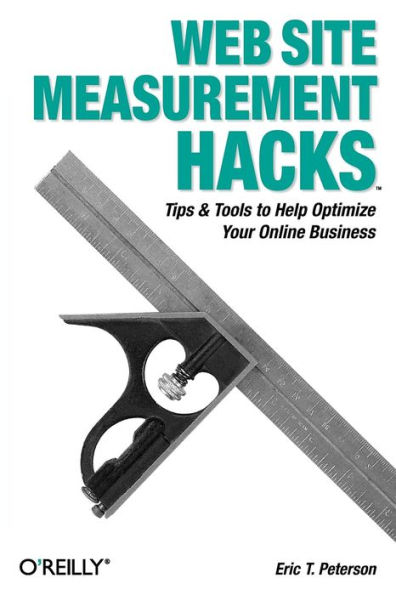
Web Site Measurement Hacks: Tips & Tools to Help Optimize Your Online Business
430
Web Site Measurement Hacks: Tips & Tools to Help Optimize Your Online Business
430Paperback
-
PICK UP IN STORECheck Availability at Nearby Stores
Available within 2 business hours
Related collections and offers
Overview
Unfortunately, most common Web analytics software applications are long on functionality and short on documentation. Without clear guidance on how these applications should be integrated into the greater Web strategy, these often expensive investments go underused and underappreciated.
Enter Web Site Measurement Hacks, a guidebook that helps you understand your Web site visitors and how they contribute to your business's success. It helps organizations and individual operators alike make the most of their Web investment by providing tools, techniques, and strategies for measuring—and then improving—their site's usability, performance, and design. Among the many topics covered, you'll learn:
- definitions of commonly used terms, such as "key performance indicators" (KPIs)
- how to drive potential customers to action
- how to gather crucial marketing and customer data
- which features are useful and which are superfluous
- advanced techniques that senior Web site analysts use on a daily basis
It's the technology companion that every site administrator needs.

Product Details
| ISBN-13: | 9780596009885 |
|---|---|
| Publisher: | O'Reilly Media, Incorporated |
| Publication date: | 08/28/2005 |
| Series: | Hacks |
| Pages: | 430 |
| Product dimensions: | 6.00(w) x 9.00(h) x 0.91(d) |
